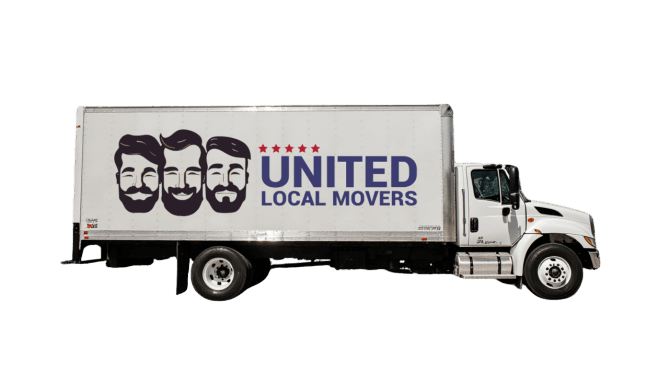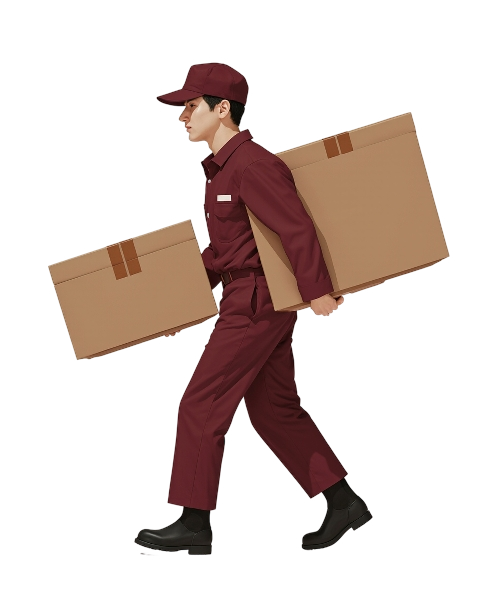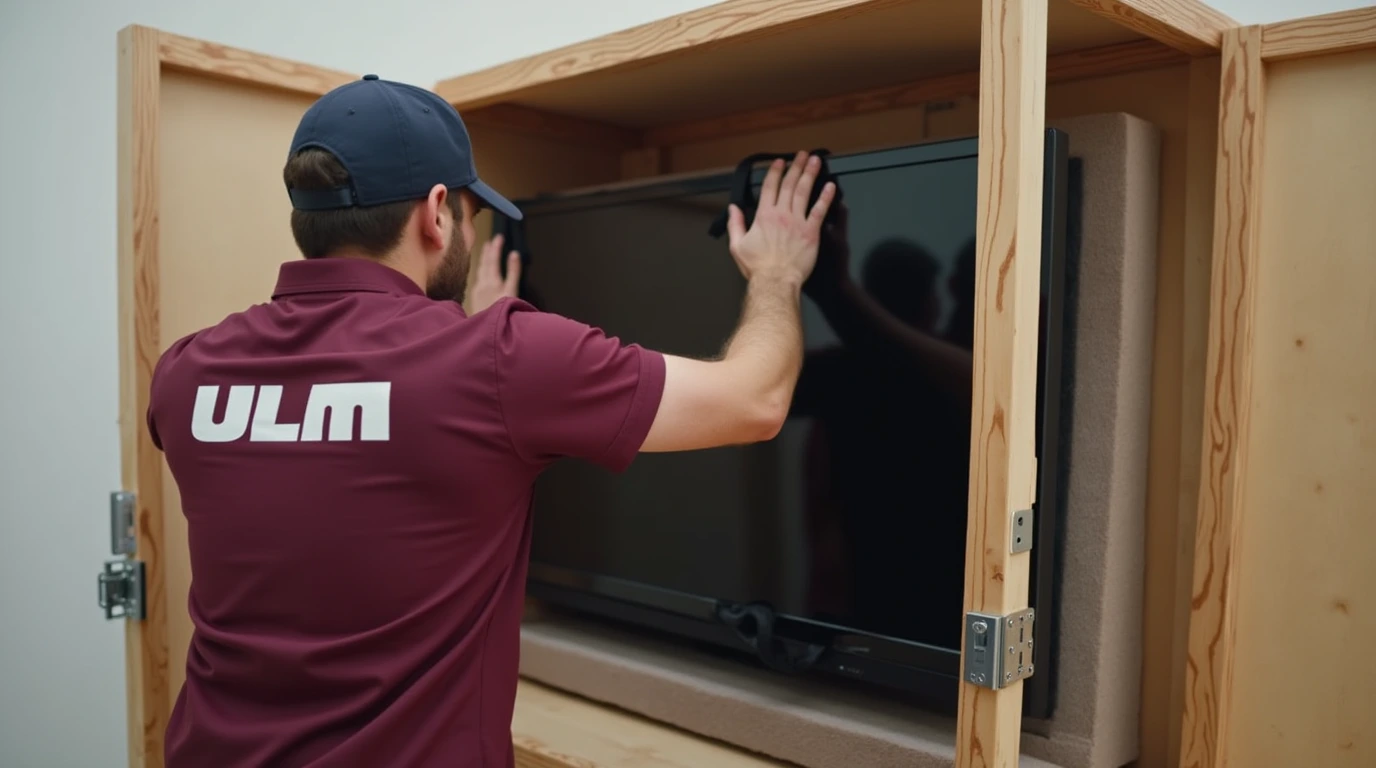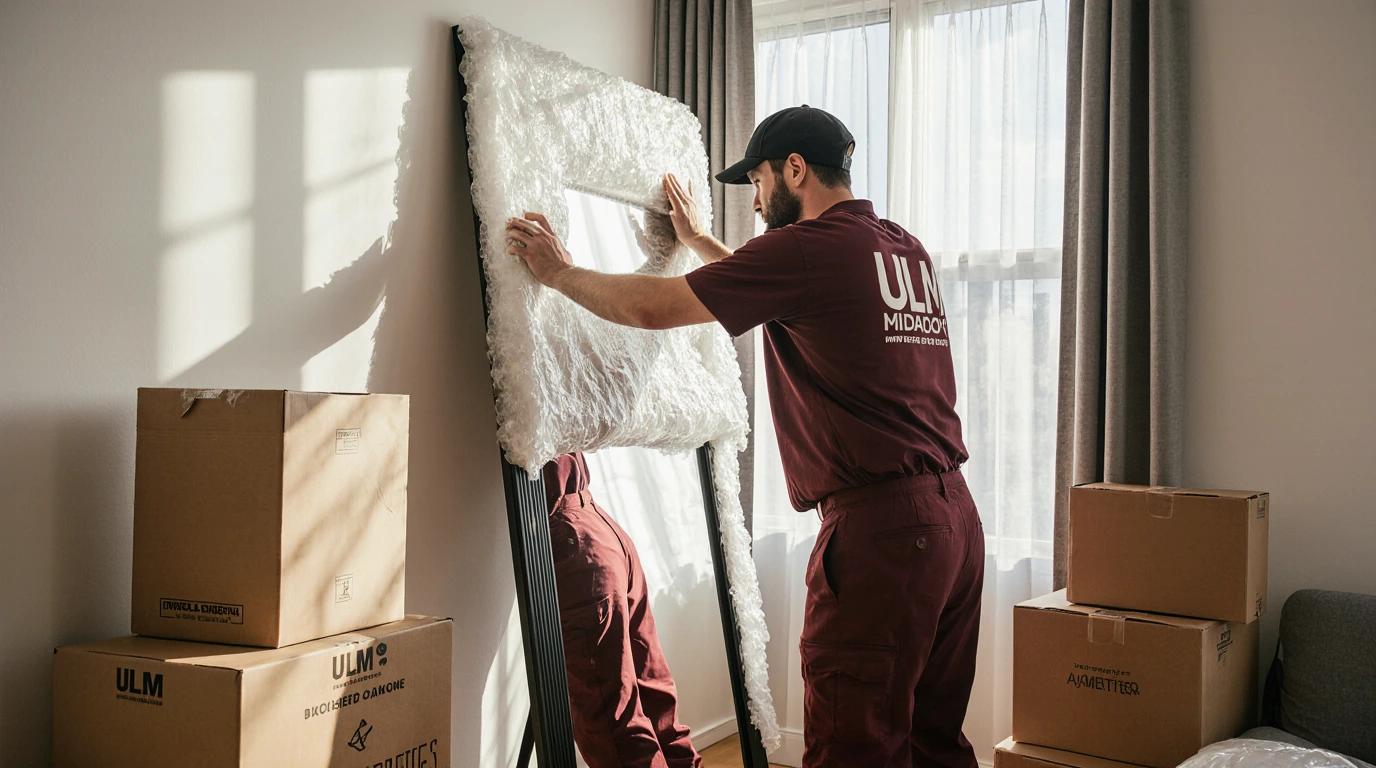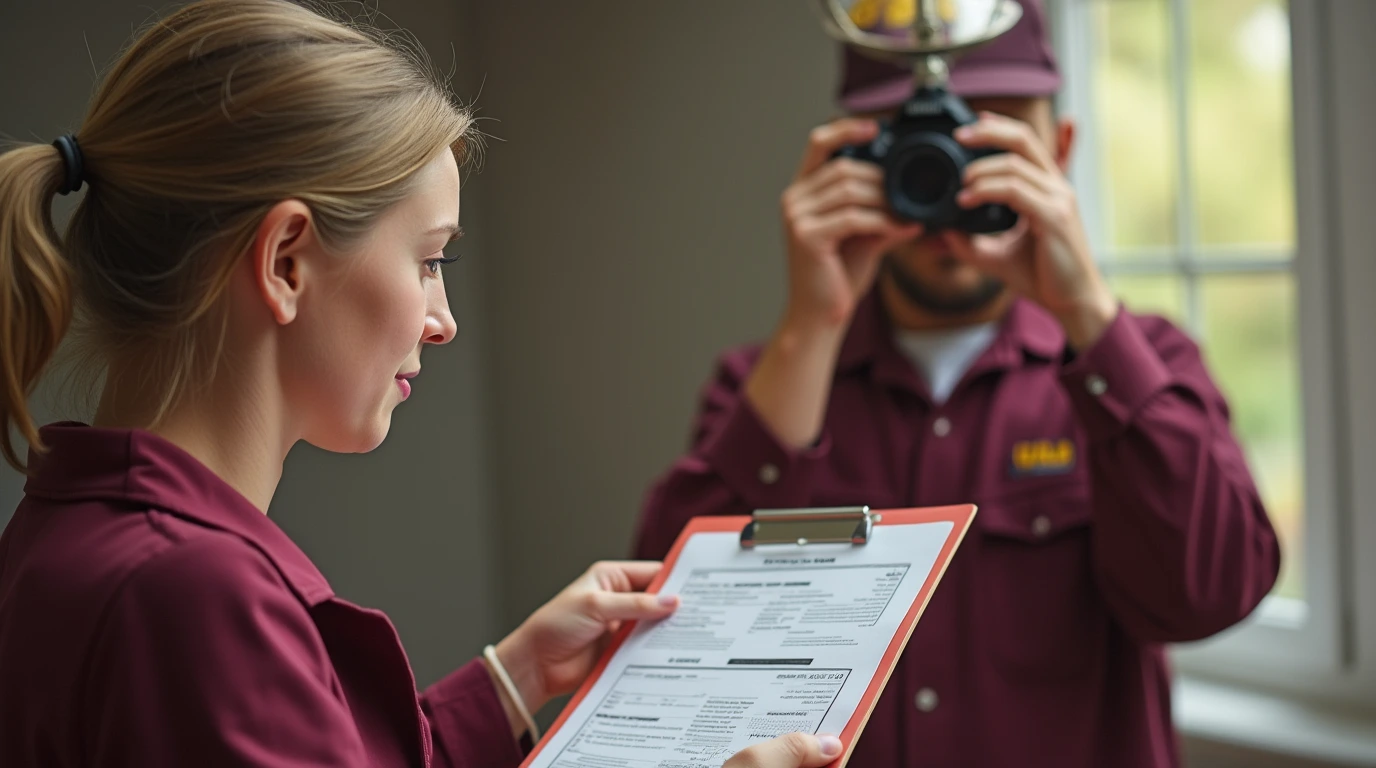Packing fragile items is one of the most stressful parts of moving. Glassware, mirrors, dishes, and artwork can be damaged by even a small bump in the truck. But with the right strategy, supplies, and technique, you can protect your valuables like a pro. Whether you’re moving across town or across the country, these practical steps will help you minimize risk and keep breakables safe from pickup to delivery.
Why Fragile Items Need Special Attention
Unlike clothing or furniture, fragile items have little tolerance for impact. One wrong angle or a box packed too loosely can lead to cracks, chips, or total loss. Movers handle thousands of boxes, so it’s your packing — not just careful handling — that ultimately protects these items.
Key risks for fragile goods include:
- 🚚 Shifting during transport
- 📦 Insufficient cushioning
- 🪞 Uneven stacking pressure
- 🔩 Loose or improperly sealed boxes
Understanding these risks is the first step in preventing damage.
Essential Packing Supplies for Fragile Items
Investing in proper packing materials can save you far more than the cost of replacing a broken piece. Here’s what you should have on hand:
- Bubble wrap (small and large bubbles)
- Packing paper (unprinted, clean)
- Sturdy moving boxes (double-walled if possible)
- Dish packs or cell kits
- Packing tape (heavy-duty)
- Corner protectors for frames and mirrors
- Cardboard sheets and foam inserts
- “Fragile” labels or markers
Pro tip: Never use newspaper for wrapping delicate surfaces. The ink can transfer and damage your items.
Packing Glassware and Stemware
Glasses and stemware are among the most commonly damaged items during moves. Here’s how to pack them properly:
- Wrap each glass individually in packing paper or bubble wrap.
- Place glasses upright in divided dish pack boxes.
- Stuff the interior of each glass with paper to prevent collapsing.
- Fill empty spaces with soft material to prevent movement.
- Clearly mark the box as “Fragile – Glass – This Side Up.”
Never stack glasses on their side or pack them loosely in a standard box. The right type of box is just as important as the wrapping.
Packing Dishes and Plates
Dishes are heavy, and stacking them incorrectly can lead to cracking under their own weight. To avoid damage:
- Wrap each plate individually with packing paper.
- Stack them vertically, like records, instead of flat.
- Use a dish pack box with cardboard dividers if available.
- Add a thick cushion of crumpled paper or foam at the bottom and top.
- Tape boxes securely with reinforced seams.
Label these boxes clearly. When movers see “Fragile – Dishes,” they’ll know to handle them with extra care.
Packing Mirrors and Glass Frames
Mirrors and framed glass artwork are especially vulnerable. Large sheets of glass can crack from vibration alone. Follow this method for best protection:
- Place masking tape in an “X” across the glass surface — this minimizes shattering if the glass breaks.
- Wrap the piece in bubble wrap, securing it with packing tape.
- Use corner protectors on all four sides.
- Sandwich the piece between two cardboard sheets or use a mirror box.
- Keep the item upright — never flat — and label it as “Fragile – Glass.”
Mirrors should always travel vertically, ideally against the wall of the truck or in a designated fragile-item zone.
Packing Artwork and Canvases
Art often carries both monetary and emotional value, so it deserves careful packing:
- Cover the front of the artwork with acid-free paper or foam wrap.
- Wrap the entire piece in bubble wrap and secure it with tape.
- Use corner protectors to shield edges.
- Place it in a flat picture box or build a custom crate for oversized pieces.
- Add cushioning around the perimeter to prevent movement.
Never place heavy boxes on top of art. If possible, hand-carry especially valuable pieces yourself or consider professional crating.
How to Build Cushion Layers Correctly
Fragile items survive moves thanks to good cushioning. Here’s a smart layering method:
- 🧻 Line the bottom of each box with 2–3 inches of crumpled paper or foam.
- 📦 Place the heaviest items on the bottom, lighter ones on top.
- 🧼 Add cushioning between layers to prevent shifting.
- 🚫 Never leave empty air pockets — fill them with soft material.
Think of your box like a shock absorber: it should be tight enough to prevent movement but soft enough to absorb vibration.
Labeling and Handling Instructions
Clear labeling is often overlooked, but it’s crucial. Always:
- Mark boxes with “Fragile” and “This Side Up.”
- List what’s inside (e.g., “Kitchen – Glassware” or “Living Room – Artwork”).
- Highlight extra delicate boxes with bright tape or stickers.
When movers know exactly what’s inside, they can load and unload accordingly — protecting your fragile items better.
Common Packing Mistakes to Avoid
Even well-intentioned packers make mistakes. Here are the big ones to steer clear of:
- ❌ Using weak or reused boxes for breakables
- ❌ Packing heavy items on top of fragile ones
- ❌ Leaving space inside boxes
- ❌ Using newspaper or low-quality materials
- ❌ Skipping “This Side Up” labels
A few extra minutes of care can save hours of frustration later.
Why Professional Packing May Be Worth It
If you have a lot of fragile items or expensive artwork, consider hiring professionals to pack them. Professional crews have access to:
- Custom crating materials
- Specialized boxes and foam inserts
- Training for handling delicate surfaces
- Insurance coverage that applies to professionally packed items
Companies like United Local Movers can handle everything from mirrors to gallery-level art with precision and care.
Special Considerations for Long-Distance Moves
Long-distance moves expose fragile items to more movement, vibration, and temperature changes. To protect your valuables:
- Double-wrap sensitive glass and artwork.
- Consider climate-controlled trucks for valuable art.
- Use custom crates for oversized or irreplaceable pieces.
- Keep an inventory list with item numbers and condition notes.
Insuring fragile items at full value is also smart, especially for cross-country relocations.
Turning Fragile into Safe
Fragile items aren’t fragile when packed correctly. With the right supplies, techniques, and labeling, you can drastically reduce the chance of damage — and enjoy peace of mind on moving day.
With United Local Movers, your relocation becomes safer, faster, and stress-free. Our experienced crews pack and protect your most delicate items with care, ensuring they arrive in perfect condition.
